Yet, that process provides a wealth of useful information, while the rigor of directly comparing companies - one against another - forces us to think about what we mean by the term 'top developers'.
In terms of our process at PocketGamer.biz, we used metrics such as creativity, critical acclaim, sales performance, innovation especially in terms of business model, and that certain je ne sais quoi that only the best studios exude.
The full list - produced in conjunction with leading app store analytics company App Annie and the largest Chinese mobile game development platform CocoaChina - can be seen via our Top 50 Developer of 2013 section.
10. Com2uS
Up 6 (compared to 2012)
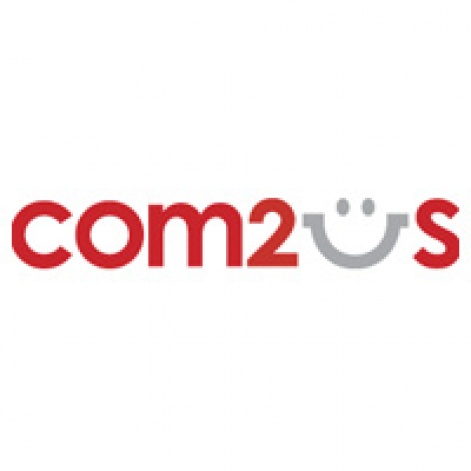
Over the past couple of years, Com2uS has demonstrated in positive and negative fashion how quickly the mobile games market can change. The larger of the two big Korean publishers (Gamevil is the other), it was slow to transition from the sale of Java games to target the more complex international smartphone market. The result was sales dropped 12 percent in 2010.
Com2uS turned this around with typically core Korean fare such as RPG Inotia and its baseball franchise 9 Innings, as well as expanding its thirdparty publishing efforts. It released 43 games in 2012, compared to 18 iOS games in 2011.
But it wasn't just quantity which saw Com2uS' sales up 112 percent in 2012 to $72 million. Its decision to target the casual free-to-play market with games such as Tiny Farm coincided with the incredible growth of the KakaoTalk messaging service in Korea.
When it started supporting games in the summer of 2012, Com2uS was quickly on hand to rework existing titles to support the new viral discovery channels. It's followed this up with titles for Japanese messaging service Line, and it's these new channels, combined with 50 planned releases that Com2uS hopes will boost sales to over $90 million in 2013.
9. DeNA
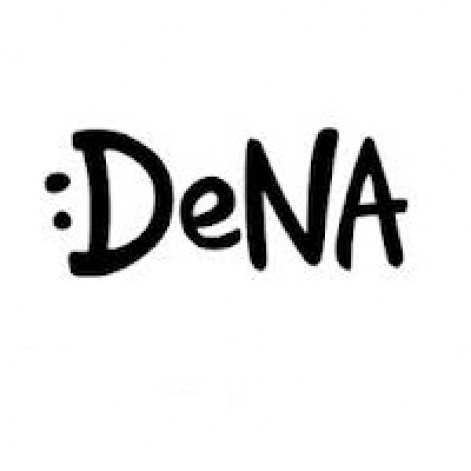
Up 16 (ngmoco's listing)
When it comes to the global expansion of social gaming networks, 2012 saw Japanese giant DeNA demonstrate it's not about the network per se, it's about the games on the network.
Hence, given the vast majority of its revenue comes - and continues to come - from Japan, the overseas success of card-battling title Rage of Bahamut, especially in North America, provided strong evidence it was on the right track. DeNA backed up that success on its Mobage network with similar hardcore game such as RPG Blood Brothers, while also releasing more card-battlers based on western licences such as Marvel and Transformers. The result was nine month sales grew 44 percent to around $1.6 billion, while its share price rose 42 percent during 2012.
And it's got plenty more planned in 2013. Most anticipated is The Drowning, a free-to-play shooter from its Swedish studio, which looks to combine console-quality graphics with novel monetisation and gameplay loops. It continues to sign up thirdparty studios to use Mobage, as well as doing deals with companies such as Renren and Mixi too.
And, perhaps most strategically, DeNA is reacting to the growth of messaging services such as Line and KakaoTalk with its own Comm service.
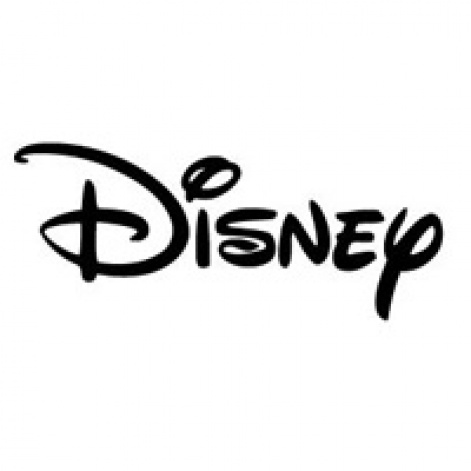
8. Disney Mobile
Up 2
Despite being a tiny element in the Disney media empire, its mobile division continues to shine. Kickstarted by the acquisition of Tapulous in 2010, Disney Mobile is demonstrating it can successfully walk the line that joins great games and leveraging Disney's classic and emerging character set. (Just think what it's planning with Lucasfilm' IP?)
Where's My Water? continues to be the jewel in the crown, with Swampy the crocodile now an iconic character in his own right. His status is backed by over 100 million iOS and Android downloads, and gameplay mechanics have found success a second time around with Perry the Platypus dropped into the lead role for Where's My Perry?
There's been a similar approach in terms of gameplay appropriation in the hook up with Imangi Studios, which has seen the mechanic from Temple Run successfully rolled out for films Brave and Oz. Meanwhile, older franchises have been supported with titles such as Toy Story: Smash It! and Monsters Inc Run, a themed version of Mega Run.
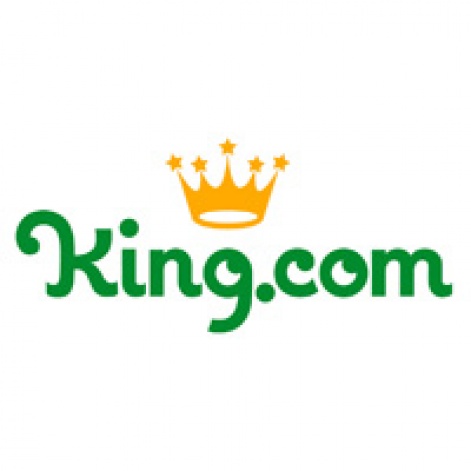
But perhaps the most significant aspect of Disney Mobile's success is its ability to mix free-to-play releases with paid-plus-IAP games. In this case, the brand is demonstrating brand value.
7. King.com
New entry
Having created and incubated hundreds of casual games within its own portal for a decade, 2011 saw King.com deploy its expert knowledge onto Facebook's then-stagnating games platform. The result is the London-headquartered, Swedish-operated company is now second only to Zynga on the social network. That experience was then redeployed in 2012 as it opened up the gates for its mobile assault.
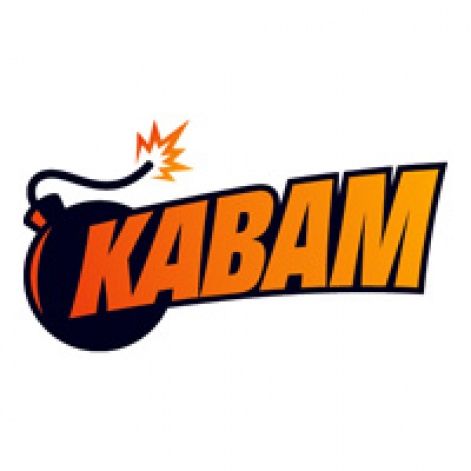
This saw King.com successfully launch its two top brands, Bubble Witch Saga and Candy Crush Saga onto iOS and Android. What really made the match-3 and the bubble-popper games successful was King.com's determination to sync Facebook and mobile sessions so players can access their accounts - game state, power ups, friends, leaderboards etc - no matter what platform they're playing on.
It's something casual players have quickly come to expect as standard and helped propel Candy Crush Saga to the #2 top grossing spot on the US iPhone chart, where it's been for the past couple of months. It's no surprise then that App Annie ranked King.com #3 in terms of being the top grossing iOS gamer publisher during January. We expect more of the same in 2013.
6. Kabam
New entry
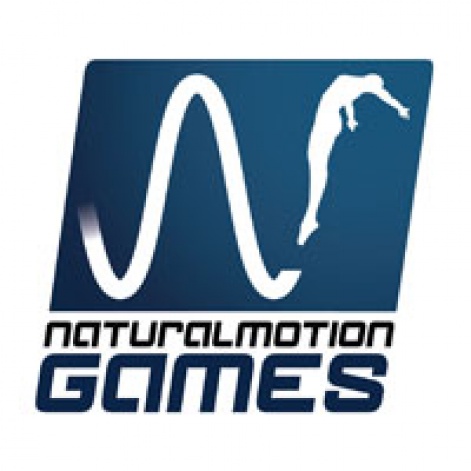
The most significant trend in our 2013 top developers list is the influx of well established companies from Facebook and web/online gaming. With 600 staff and a lifetime $100 million franchise in the shape of PVP city-builder Kingdoms of Camelot, midcore publisher Kabam ranks highest among that cohort. The reason goes beyond those bare facts, however.
The company's obvious first step when coming to mobile was to re-imagine Camelot for iOS and Android, which resulted in standalone title Kingdoms of Camelot: Battle for the North, released in February. It was the top grossing iPhone game in the US during 2012. A timely reskinning on the back of the company acquiring the licence to The Hobbit film trilogy saw the release of The Hobbit: Kingdoms of Middle-earth. But it was Arcane Empires, the company's debut mobile-first title that proved most interesting.
Either way, all three games have been successful, with Kabam generating around 60 percent of its FY12 $180 million sales from those mobile titles. As for the future, the iOS version of sci-fi defence strategy game Edgeworld in testing, while Kabam says it's also looking beyond its midcore fanbase to a more diverse audience, including casual games; something it will address with its new publishing division.
5. NaturalMotion Games
Up 14

Demonstrating how quickly success can be redefined upwards, NaturalMotion's CSR Racing was the exemplar everyone employed to use to highlight the rise of midcore free-to-play gaming - at least until Clash of Clans was released.
Previously focused on paid console-quality mobile games for iOS, the company's breakthrough in 2011 was its decision to get early into free-to-play gaming with 3D pet title My Horse.
A success (for its time), this provided the foundation for the high-end drag racer, which burst onto the App Store in June following its onstage reveal at Apple's WWDC event. When in August, NaturalMotion announced the Boss Alien-developed title had generated $12 million in a month, it was an impressive number. And it was made even more so given the company had just closed a $11 million VC round.
Since then CSR Racing has remained in the US top 25 top grossing charts, generating tens of millions of dollars more for NaturalMotion; something it's used to tidy up its business, buying Boss Alien. The UK-based outfits have also been hiring aggressively, with various projects - midcore and casual - in development, although news about technical demo Clumsy Ninja has gone quiet.
4. GungHo Online
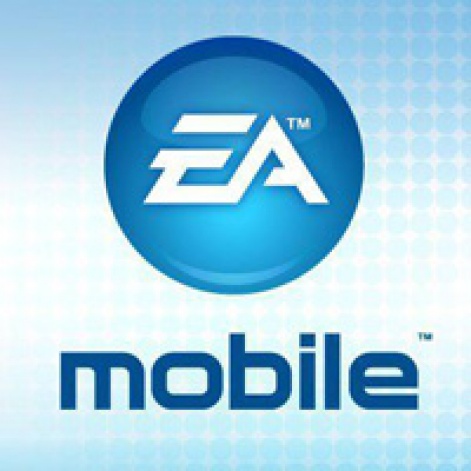
New entry
In terms of recent app store performance, it's tempting to view GungHo Online as the Japanese equivalent of Supercell. That would be wrong, however. It's been around much, much longer (since 1998) and is a substantial entity consisting of half a dozen studios making games for console, online, handheld and mobile devices, as well as being floated on the JASDAQ stock exchange.
Yet, its phenomenal success in 2012 is in some ways similar to Supercell, as it's driven by the mass market adoption of free-to-play gaming: in this case a single title, Puzzle & Dragons.
The exact numbers are hard to break out from GungHo's overall business - 2012 revenue across all divisions was $280 million - but analysts reckon Puzzle & Dragons is currently generating around $50 million a month on Android and iOS, mainly from the Japanese market, although it's successful in Korea too.
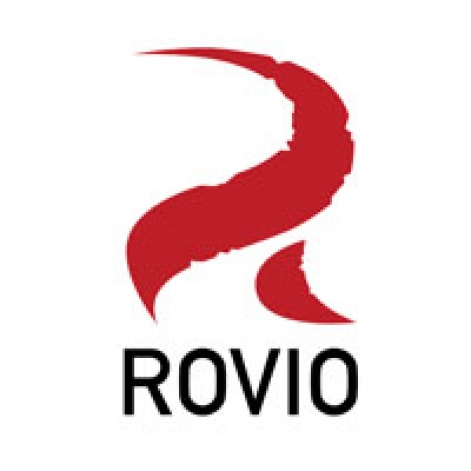
Of course, GungHo has released plenty of other mobile titles, but it is Puzzle & Dragons, which like Clash of Clans, demonstrates the 'winner takes all' situation at the top of the app stores. The result is that (at time of writing) GungHo is worth $5.5 billion; more than Zynga, GREE or DeNA.
3. EA Mobile
No change
While its parent is blown this way and that by the decline of retail and the ongoing console transition, EA Mobile continues to shine. It generated $269 million in FY12 sales, up 17 percent year-on-year, and will likely beat that substantially in FY13. Nine months sales are $230 million, thanks in part to the ongoing contribution from PopCap's mobile business, and other acquisitions like Firemint and Chillingo.
Indeed, demonstrating a 'sum of the parts' attitude, there's a new confidence about EA's mobile output, whether it's the growing revenue from mainstays like FIFA and Madden as part of the connected Origin platform play, or the surprise success of the free-to-play The Simpsons: Tapped Out. Launched, and pulled from app stores in April because of server issues (and more), it returned in October, generating $23 million in Q3.
Combined with high-end titles F2P such as Real Racing 3, and the reworking of brands such as Tetris and The Sims, EA looks likely to continue to battle with Supercell for the #1 top grossing publisher slot on iOS, even if it still occasionally drops the ball as occurred with the canned mobile release of Battlefield 3.
2. Rovio
Down 1
Despite releasing four games in 2012, PocketGamer.biz's #1 developer last year slips one place. Like Supercell, Rovio is based in Helsinki, Finland, and it might feel aggrieved to have lost top status to its neighbour. After all, 2012 saw it break through the 1 billion installs barrier, ending the year with 263 million monthly active users.
Combined with hundreds of millions of dollars generated from merchandising - Rovio has 25,000 official branded products in China, apparently - it's by far the most valuable western mobile games company (even if it now prefers to label itself an entertainment media company). Equally, during 2012, it extended the Angry Birds franchise significantly with the Star Wars and Space releases - its best games so far. Bad Piggies and Amazing Alex were also solid expansions to its portfolio.
So why #2? It's a marginal call, but for all the success, Rovio is lagging when it comes to the free-to-play curve, which is where the big app monetisation bucks are being made. It doesn't need extra reach or cash now, maybe, but as it looks to IPO in 2014, it will need to demonstrate it understands the mechanic that's driving the market better than the launch of Dreamworks' tie-in game The Croods suggests. It didn't trouble the US iPhone top 100 top grossing charts.
1. Supercell
New entry
Everyone loves the 'zero to hero' narrative, but although Finnish developer Supercell didn't feature in PocketGamer.biz's top 50 list for 2012, its 'overnight success story' is more nuanced than you might imagine.
Formed in 2011 by veterans from Digital Chocolate's Helsinki studio, it hit the ground running thanks to a $12 million VC round. Alas, Supercell launched its midcore Facebook game Gunshine just as the Facebook market was tightening. Then moving its focus to tablets, it started talking up turn-based tactical shooter Battle Buddies; a game that was never released.
So, it wasn't until mid-2012 that Supercell demonstrated how much it had learned, launching midcore PVP city-builder Clash of Clans, and farming 2.0 title Hay Day for iOS. The rest is history. Both have remained at the top of the top grossing charts ever since, generating what's estimated as more than $200 million in revenue.
Indeed, not only was Clash of Clans the top grossing iOS game during January 2013, when combined with Hay Day, Supercell is the top grossing games company on iOS, beating EA into second place, even though the latter has 10 titles in the top 200.
You can see the full Top 50 Developers of 2013 list here.






















